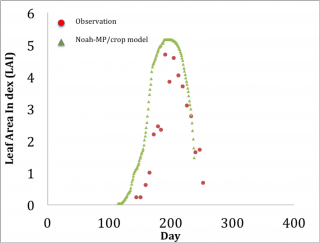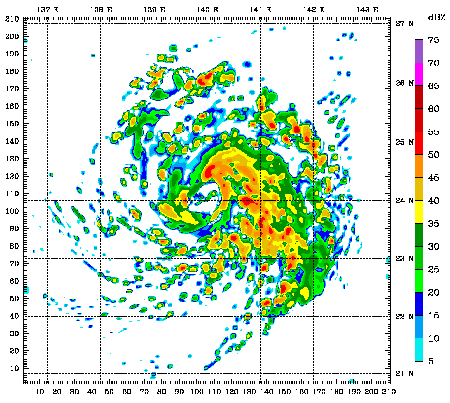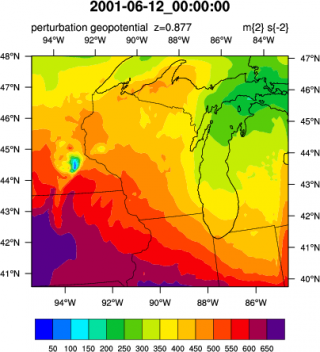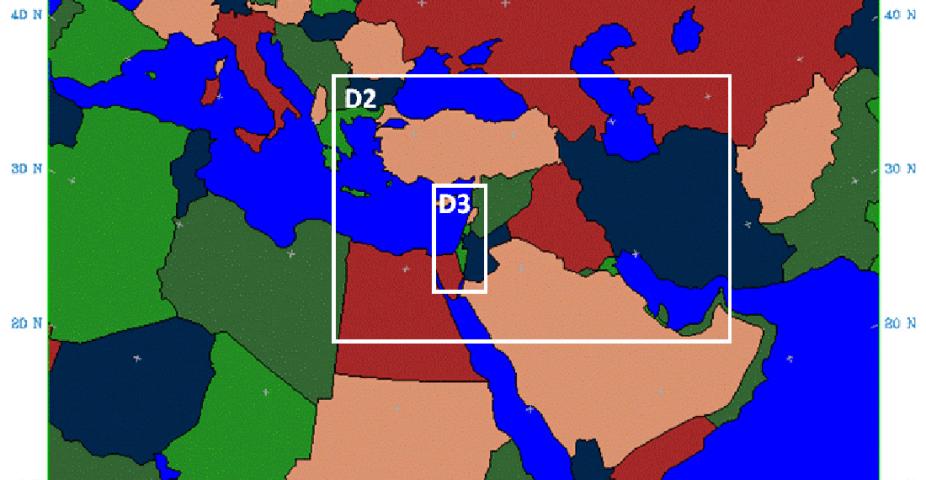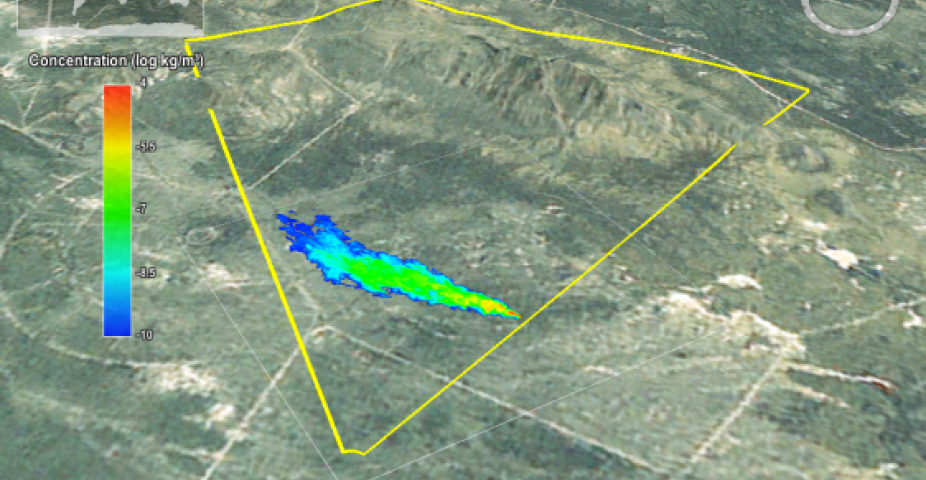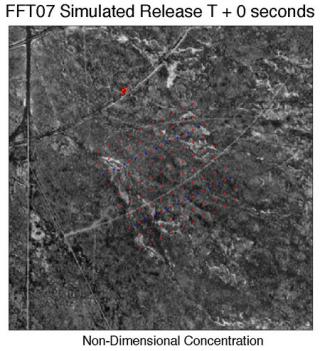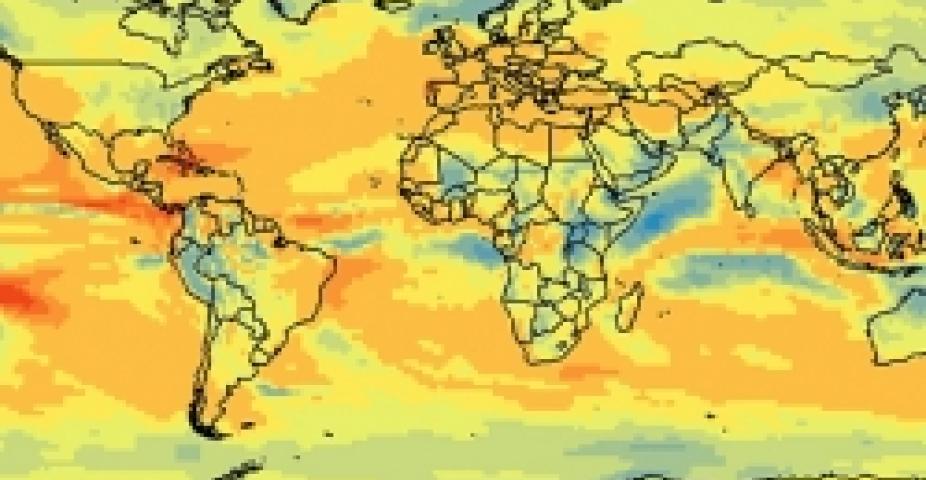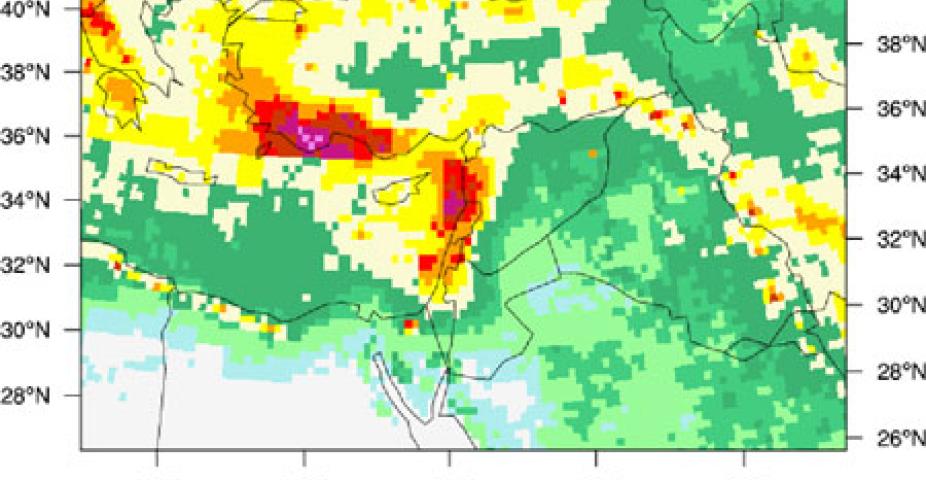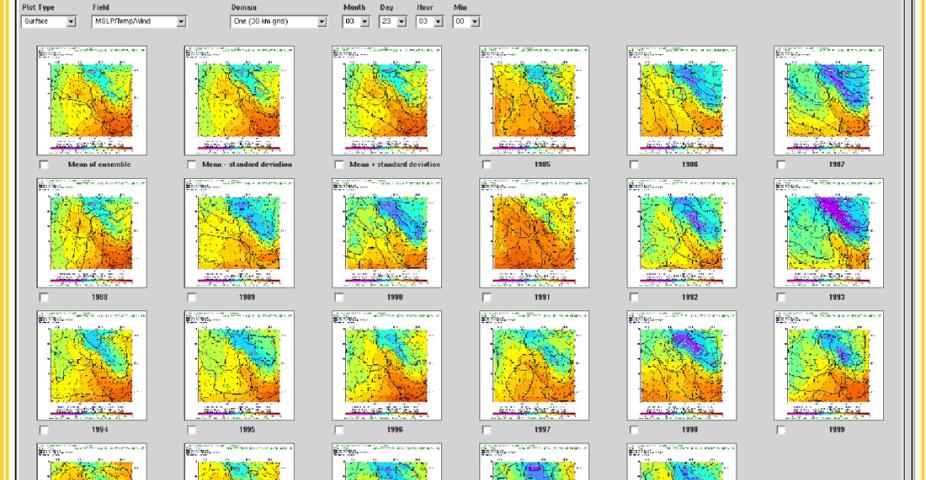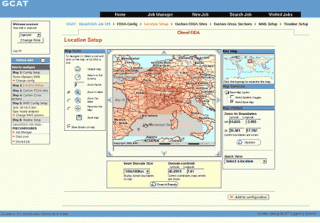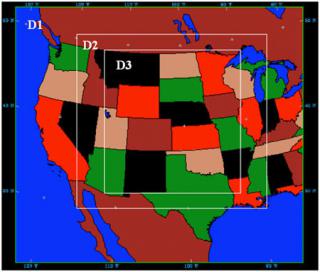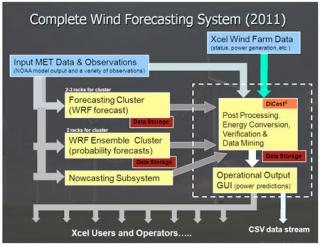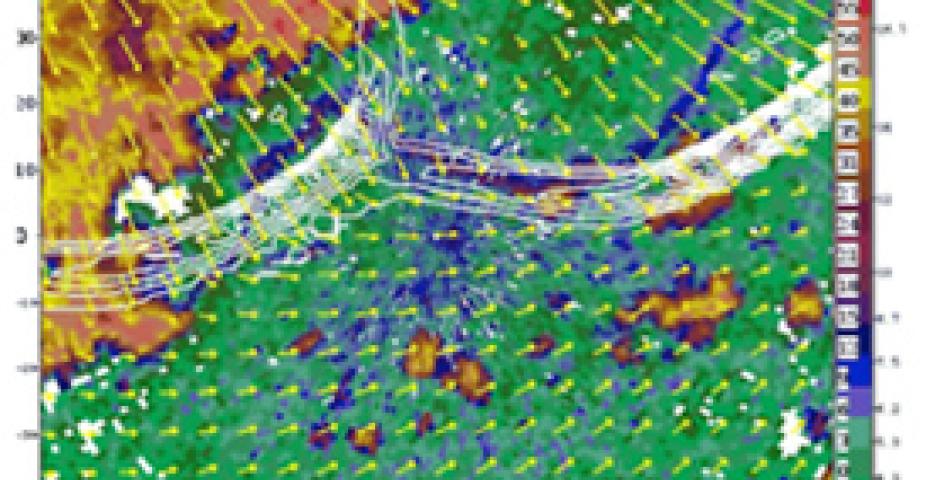WRF-Crop

RAL has been engaged with the research community to develop an integrated modeling system that captures interactions between weather, climate, crop growth, urbanization, and hydrology. Developing the integrated WRF-Crop modeling system involves two steps: 1) coupling the Noah-MP photosynthesis and soil hydrology components with crop-growth models, and 2) developing crop-specific parameters required by crop-growth models.
The crop-growth models are intended to simulate phenological development, growth and yield formation from emergence until maturity using crop genetic properties, weather, and soil conditions following methods developed and adapted in the agriculture communities. Simulated processes include phenological development rate, gross CO2 assimilation, maintenance respiration, dry matter partitioning for biomass accumulation, growth and senescence of leaves, extension of roots, and crop yields. WRF-Crop incorporates a database on crop characteristics per species, which, for instance, includes the following crop-specific characteristics:
1. Specific leaf area as function of development stage.
2. Emergence: sow date, temperature threshold from sowing to emergence, initial crop dry weight, leaf area index at emergence.
3. CO2 assimilation characteristics of a single leaf: initial light efficiency, rate of net or gross CO2 assimilation at light saturation, respiration in the dark.
4. Conversion efficiency of the sugars produced in the assimilation process into leaves, stems, roots, and grains.
5. Seasonal partitioning of newly formed dry mass into leaves, stems, roots, and grains. Note that the fraction of total dry matter to various plant parts depends on plant development stages.
6. Maintenance respiration rate.
7. Initial rooting depth and maximum rooting depth.
8. Death rate of leaves, roots, and stems.

This project aims to improve the representation of cropland-atmosphere interactions in the community Noah-MP LSM with the ultimate goal to integrate it in a coupled model to improve seasonal weather forecasts and regional climate simulations for the NCAR Water System Program. Croplands cover 12.6% of the global land and 19.5% of the continental United States. Through seasonal change in phenology and transpiration, crops can efficiently transfer water vapor from the crop root zones to the atmosphere. Crops have a detectable influence on regional distributions of atmospheric water vapor and temperature, and can affect convective triggering by modifying mesoscale boundaries. Therefore, croplands can significantly influence land-atmosphere coupling, surface exchanges of heat, water vapor, and momentum, which in turn can impact boundary layer growth and mesoscale convergence/convection.
We have introduced dynamic corn (Zea mays) and soybean (Glycine max) growth simulations and field management (e.g., planting date) into Noah-MP and evaluated the enhanced model (Noah-MP-Crop) at field scales using crop biomass datasets, surface heat fluxes, and soil moisture observations. Compared to the generic dynamic vegetation and prescribed-LAI driven methods in Noah-MP, the Noah-MP-Crop showed improved performance in simulating leaf area index (LAI) and crop biomass (Fig. 2). This model is able to capture the seasonal and annual variability of LAI, and to differentiate corn and soybean in peak values of LAI as well as the length of growing seasons. Improved simulations of crop phenology in Noah-MP-Crop led to better surface heat flux simulations, especially in the early period of growing season where current Noah-MP significantly overestimated LAI. The addition of crop yields as model outputs expand the application of Noah-MP-Crop to regional agriculture studies. There are limitations in the use of current GDD criteria to predict growth stages, and it is necessary to develop a new method that combines GDD with other environmental factors, to more accurately define crop growth stages. The capability introduced in Noah-MP allows further crop related studies and development.This new Noah-MP-Crop modeling capability was released in the WRF version 3.7 in 2016. Further test and evaluation are undertaken in the context of coupled WRF regional climate simulations.
Liu, X., F. Chen, M. Barlage, G. Zhou, D. Niyogi, 2016: Noah-MP-Crop: Introducing Dynamic Crop Growth in the Noah-MP Land-Surface Model. J. Geophys. Res., DOI: 10.1002/2016JD025597
